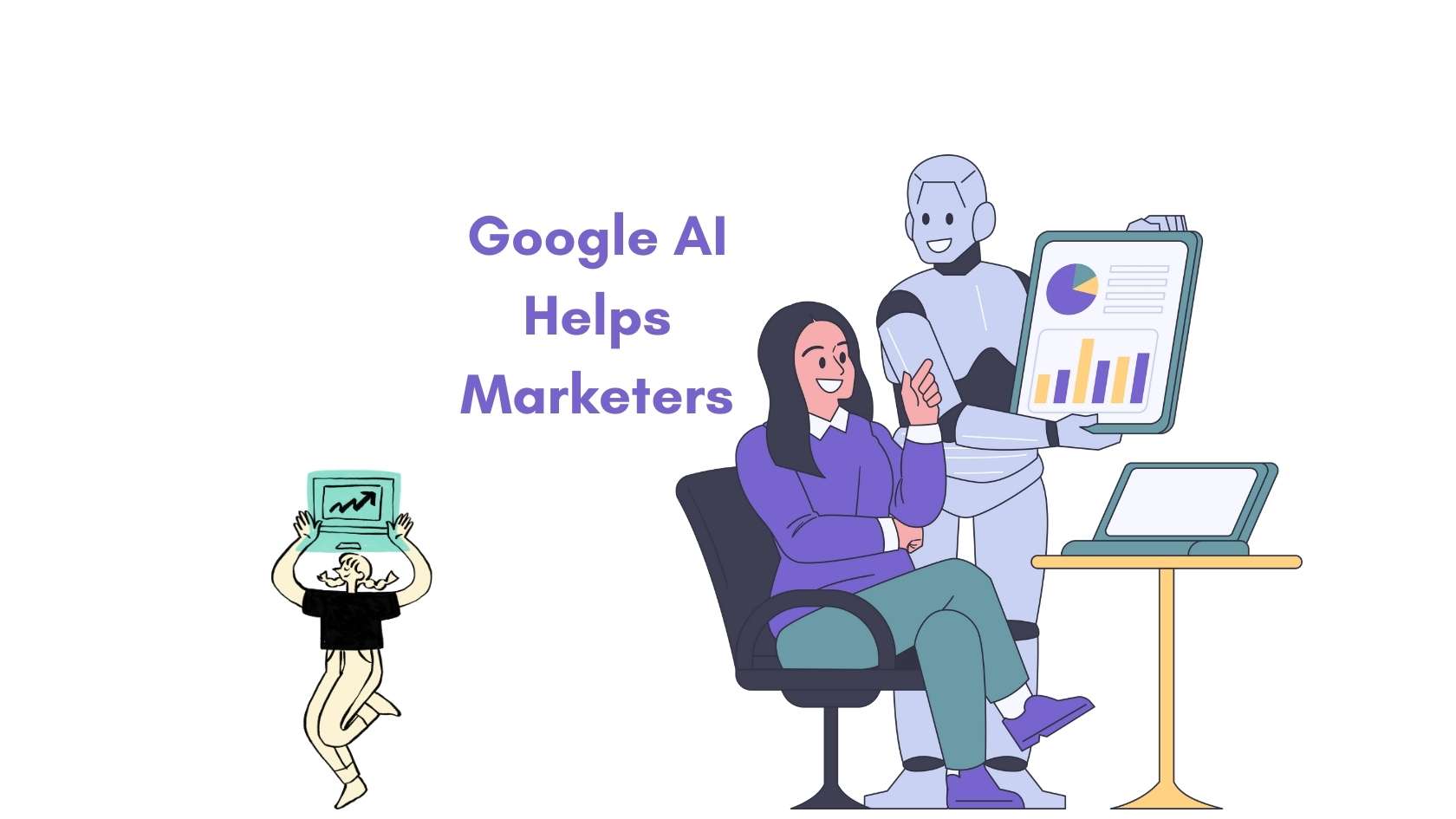In recent years, Generative Artificial Intelligence (AI) has emerged as a groundbreaking technology with far-reaching implications across various industries. From generating realistic images and text to creating music and even assisting in drug discovery, generative AI holds immense potential. Question generate in our mind is ” why is a cloud environment crucial for generative ai to work? ” This question answer will describe through below blogs However, the full capabilities of generative AI requires the right infrastructure, and cloud environments play a pivotal role in this regard.
Reason why is a cloud environment crucial for generative ai to work:
1. Scalability and Computational Power:
Generative AI models, such as Generative Adversarial Networks (GANs) and Transformers, demand significant computational resources to train and operate effectively. Cloud environments offer virtually limitless scalability, allowing organizations to access computational power on-demand. Whether it’s training complex models or generating content in real-time, the scalability of cloud platforms ensures seamless performance, regardless of the workload.
2. Access to Specialized Hardware:
Many advanced generative AI models require specialized hardware, such as Graphics Processing Units (GPUs) and Tensor Processing Units (TPUs), to accelerate computation. Cloud service providers offer access to a diverse range of hardware configurations tailored to the specific requirements of generative AI tasks. This access to specialized hardware accelerates model training and inference, enabling faster iteration and innovation.
3. Data Management and Accessibility:
Generative AI models rely on vast amounts of data to learn and generate meaningful outputs. Cloud environments provide robust data management solutions, including data storage, processing, and retrieval capabilities. Moreover, cloud-based data lakes and databases facilitate seamless access to diverse datasets, empowering AI researchers and developers to train models on comprehensive data sources.
4. Collaboration and Resource Sharing:
Collaboration is integral to advancing generative AI research and development. Cloud environments offer collaborative tools and platforms that enable teams to work together efficiently, regardless of geographical locations. Shared resources, such as pre-trained models, code repositories, and experimentation frameworks, foster innovation and knowledge sharing within the AI community.
5. Security and Compliance:
Security and compliance are paramount concerns when working with sensitive data in AI projects. Cloud providers invest heavily in robust security measures and compliance certifications to safeguard data privacy and integrity. Features such as encryption, access controls, and audit trails ensure that generative AI workflows adhere to industry regulations and best practices.
Conclusion:
In the realm of artificial intelligence, generative AI stands out as a transformative technology with vast potential to revolutionize various domains. However, harnessing this potential requires a robust infrastructure that can support the computational demands and data-intensive nature of generative AI tasks. Cloud environments offer the scalability, accessibility, collaboration capabilities, and security features necessary to unlock the full power of generative AI. By leveraging cloud-based resources, organizations can accelerate innovation, drive breakthroughs, and usher in a new era of AI-driven creativity and productivity.
Whether it’s generating lifelike images, composing music, or designing novel molecules, the possibilities of generative AI are boundless, and the cloud provides the ideal platform to explore and realize these possibilities.



